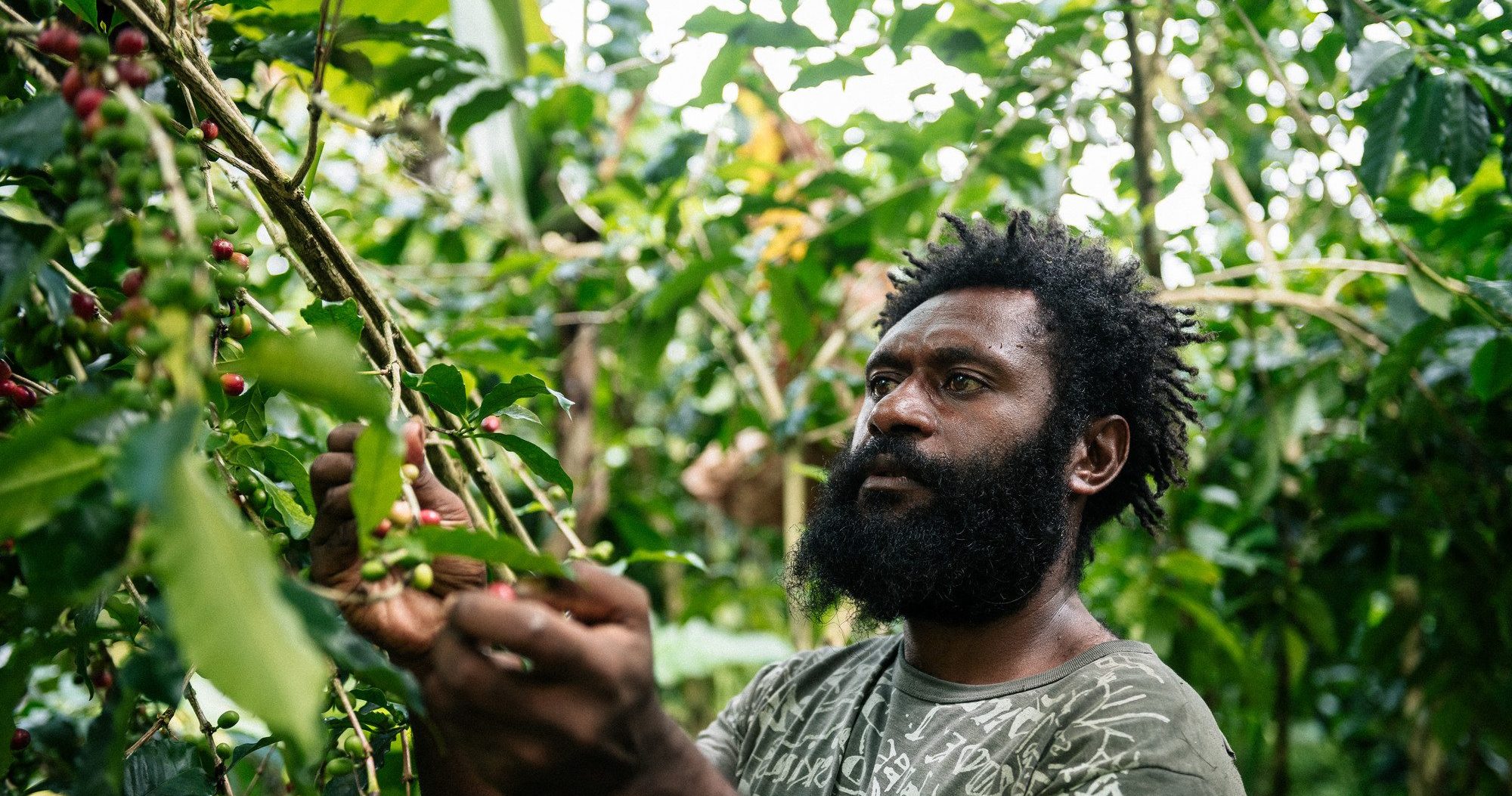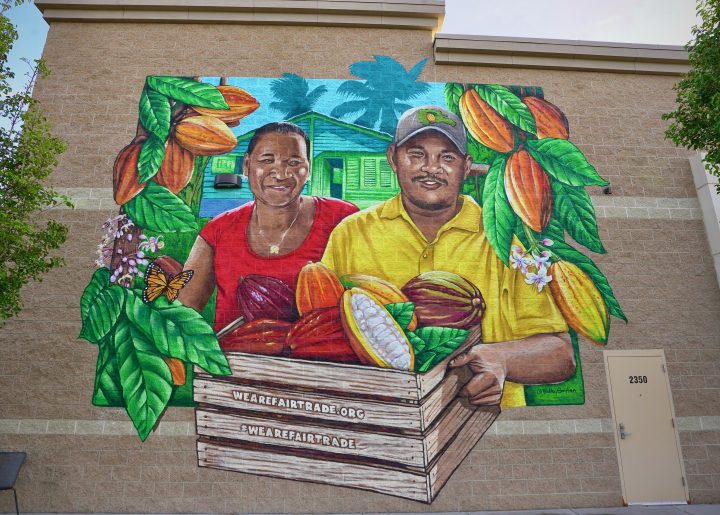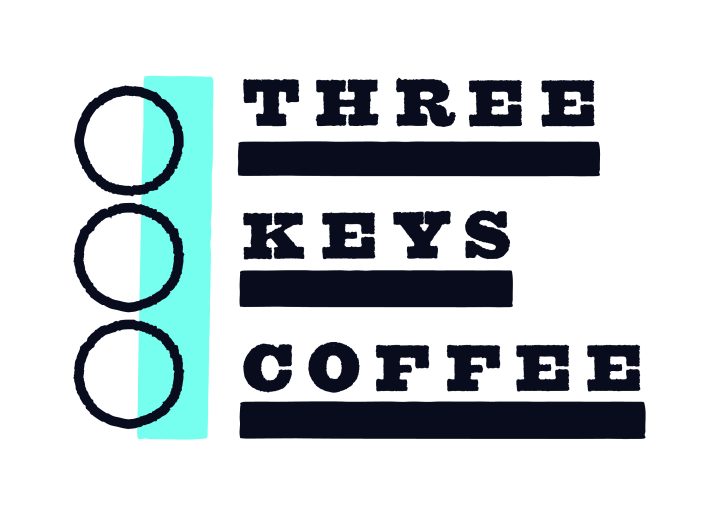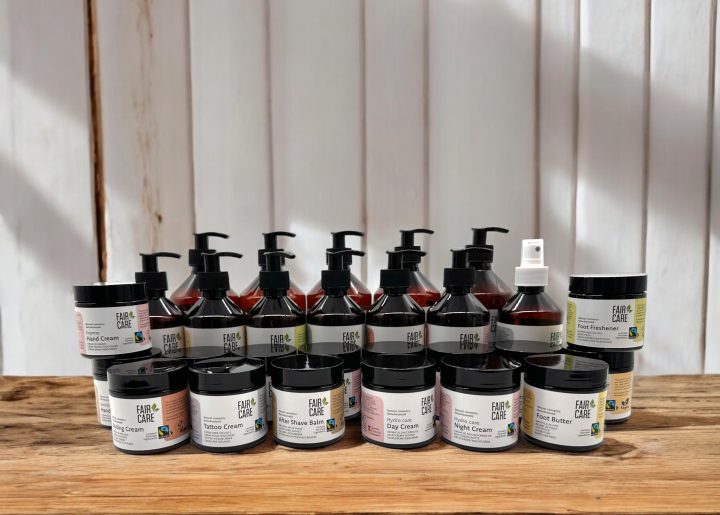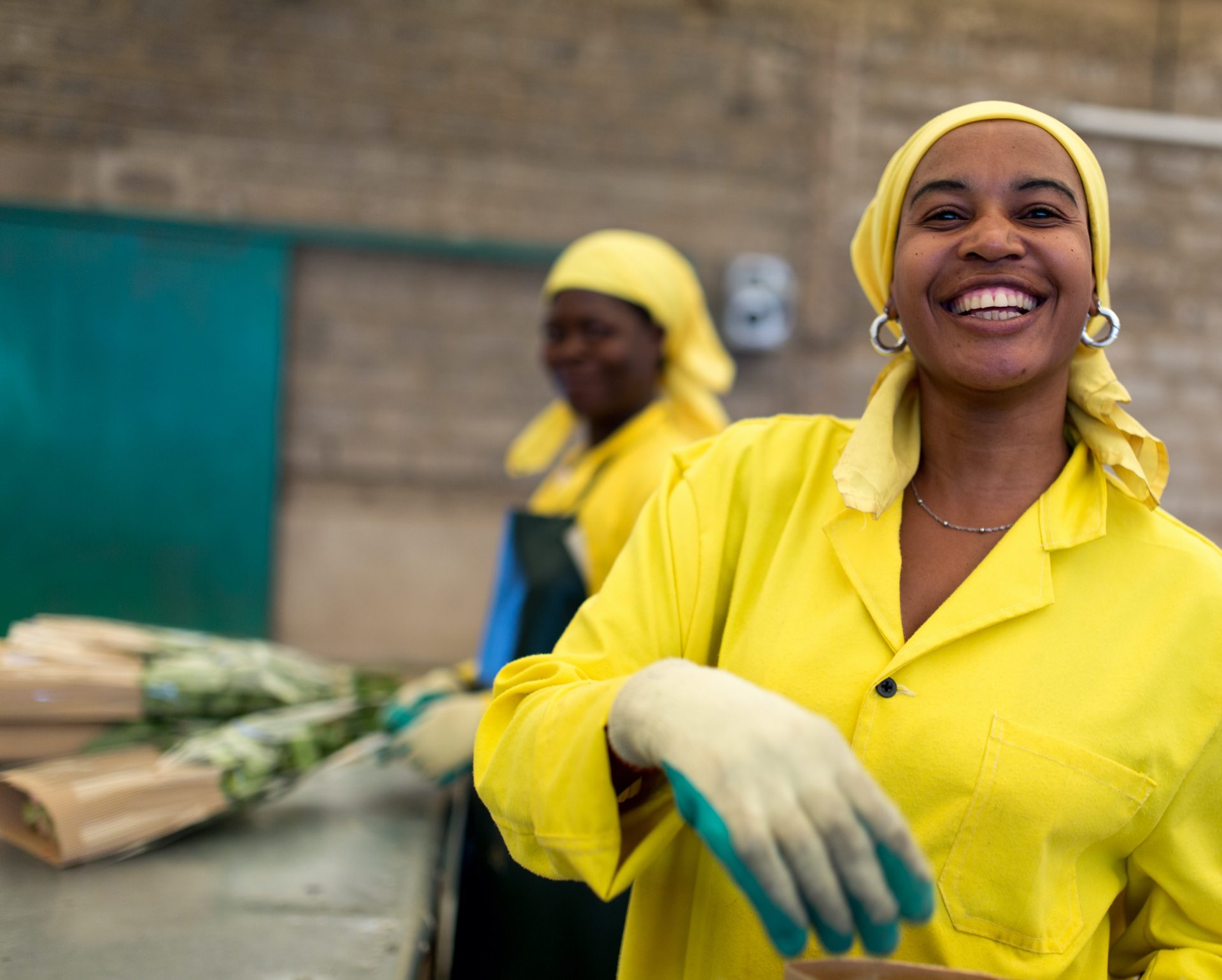Income inequality is unsustainable
A decent standard of living—one that covers basic needs and supports an existence worthy of human dignity—is a human right. And yet, many farmers and workers live on less than $2 per day and depend on a single source of income from a cash crop. On top of that, farmers typically just get one paycheck per year—after the harvest. This means that they have to stretch this one payment for all business and household needs like transportation, food, clothing and school fees for the entire year. It leaves little room for unexpected expenses like mitigating the effects of climate change.
Not only is this an injustice, it is also unsustainable. Without farmers and workers in the Global South, we would not have things we rely on in our daily lives like coffee, bananas and tea.
Ending poverty is core to fair trade
We break down the systems that trap farmers in cycles of poverty through changing the financial game.
The foundation of the Fairtrade system is our unique pricing model. It has two parts:
- The Fairtrade Minimum Price is a floor price that we set (and periodically update) that aims to cover the costs of sustainable production. It is established through an intensive consultation process with farmers, workers, traders and businesses. Think of this as a safety net for farmers and workers when the market price falls below a sustainable level.
- The Fairtrade Premium is an additional lump sum that Producer Organizations receive. Members democratically decide how to spend the money. The key here is that we believe local communities know best what they need —so neither Fairtrade nor companies they sell to can instruct them how to spend their Premium. The results are incredible. We have seen Producer Organizations invest in making their businesses by updating equipment or converting to organic farming practices. We’ve also seen producers prioritize community development projects like building schools, providing scholarships, creating clinics and other social services.
There is power in organizing
Fairtrade promotes workers organizing into trade unions as part of our Standards. We have seen how this ability to collectively bargain for better wages and working conditions can have a drastic impact on the lives of workers.
The average prevailing wage for banana workers in Colombia covered by the collective wage bargaining agreement is about 3% more than the estimated living wage.
At the same time, the average prevailing wage for non-unionized banana workers is around 16% less than the living wage.
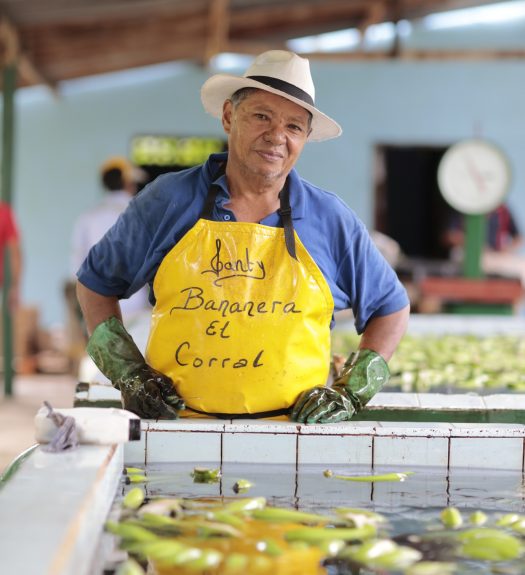
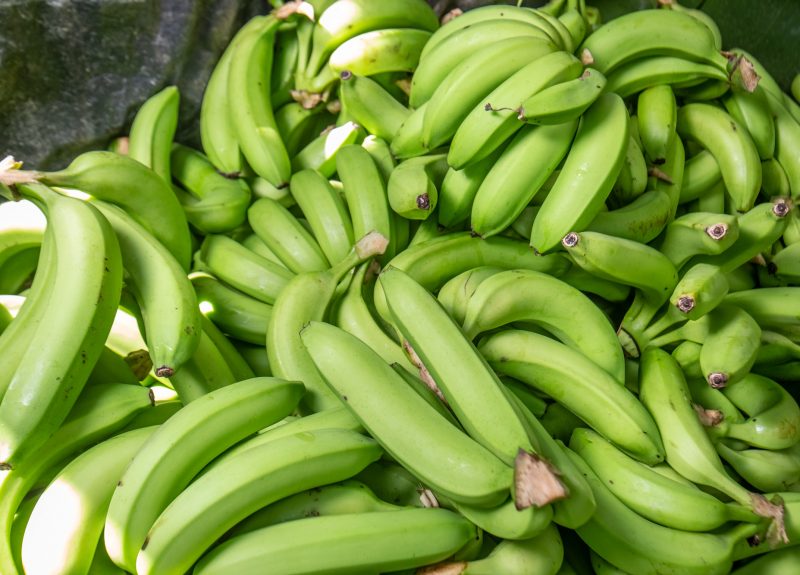
Moving from fair to living incomes
Poverty still exists in Fairtrade farming communities. The structures that create it are deeply embedded, historic and ever-changing, which is why we continuously collaborate with producers and companies to improve. In many cases, like in cocoa, the gap between the current income and the price it costs to actually live are wide.
We consider a living income is the amount needed to provide for farm costs, their household needs like food, healthcare, housing and education, plus some discretionary funds (for opportunities and emergencies). This is also different for farmers (people that own small family farms) and workers (people who work at farms they don’t own).
How we are evolving
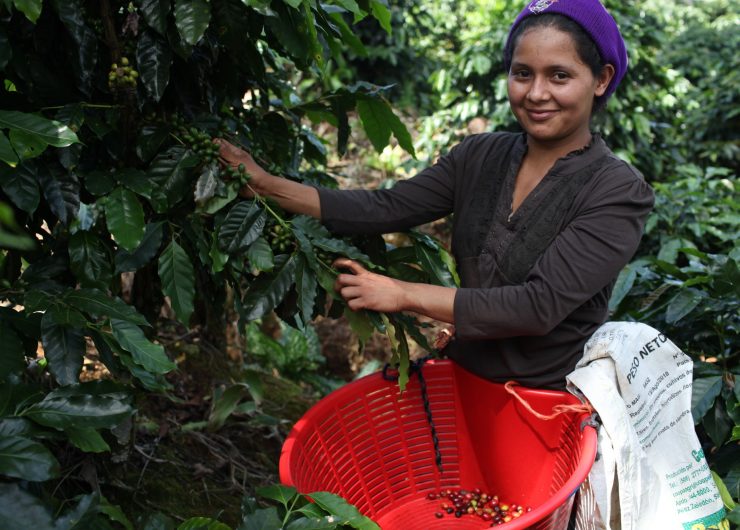
Standards to promote wage increases
Our Standards require employers to incrementally increase wages to reach a living wage. The Floor Wage requirement that offers protection to workers in countries where wages are extremely low.
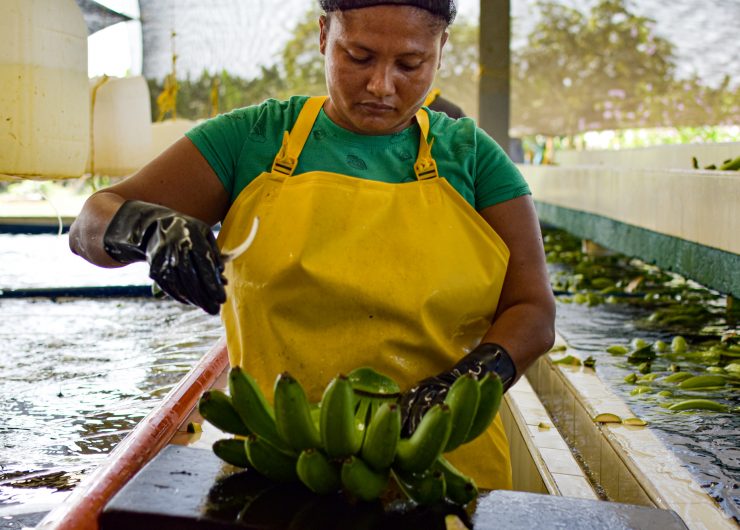
Living Income & Living Wage Studies
Through a series of studies, the Global Living Wage Coalition (which Fairtrade International co-founded) is developing living wage benchmarks for specific countries, regions and commodities. These help us see the gap with current wages and find solutions.
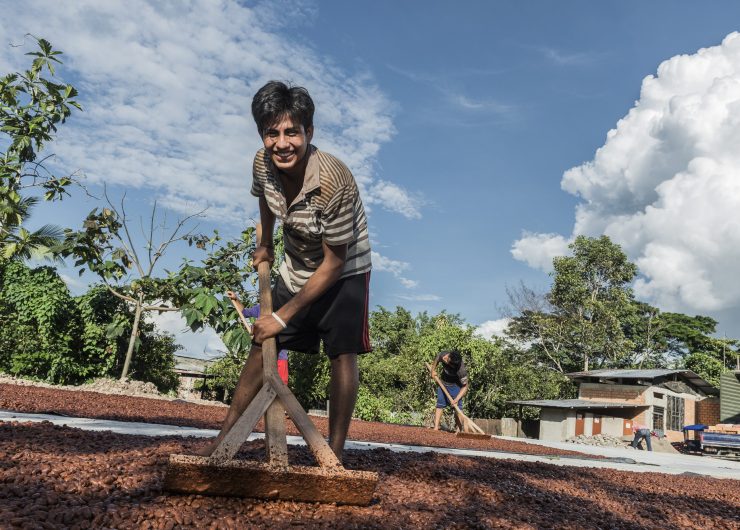
Living Income Reference Price
Fairtrade developed the concept of a Living Income Reference Price, which indicates the price needed for full-time farmers with adequate, sustainable productivity levels to earn a living income.
Get Involved
Make fair trade part of your everyday life. Find out how you can get involved in the movement to make trade equitable and sustainable.
Join the movement


